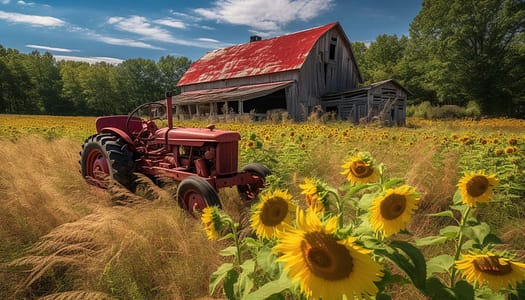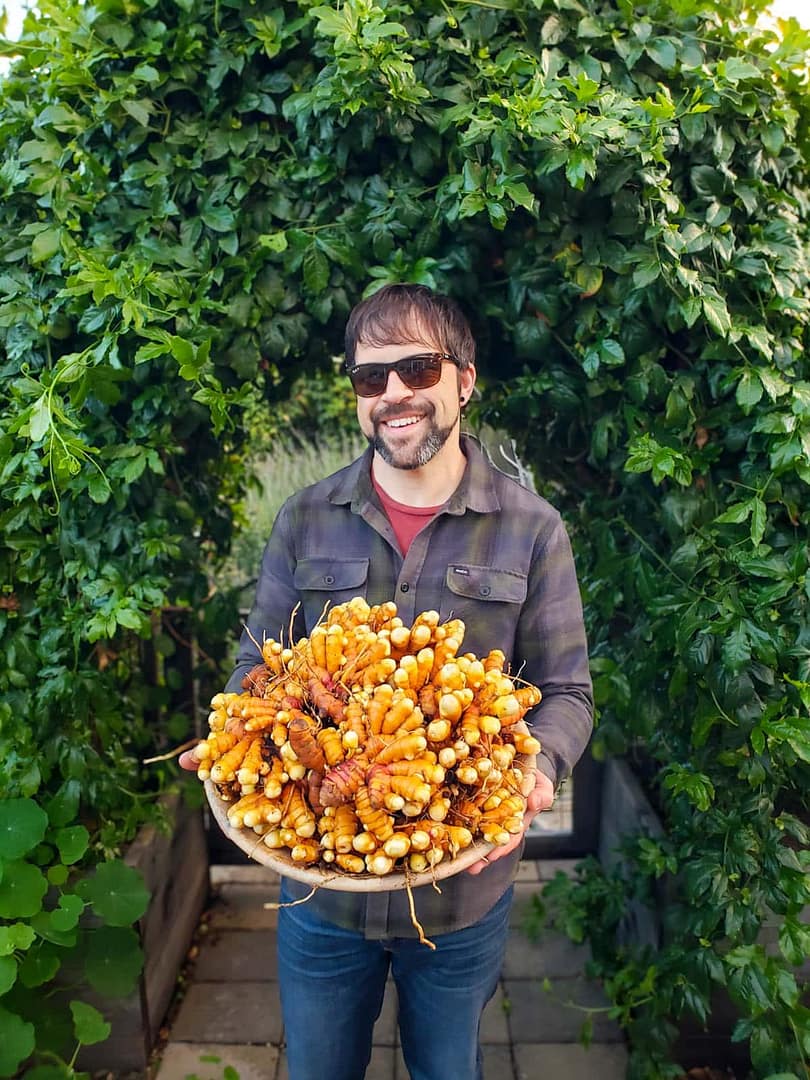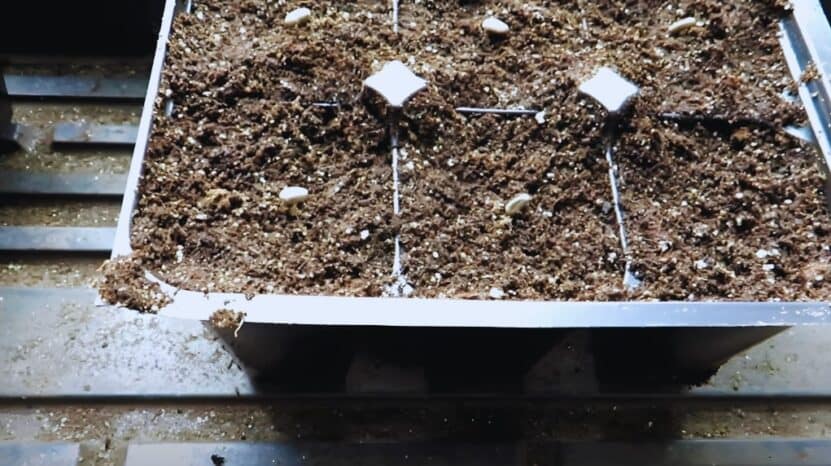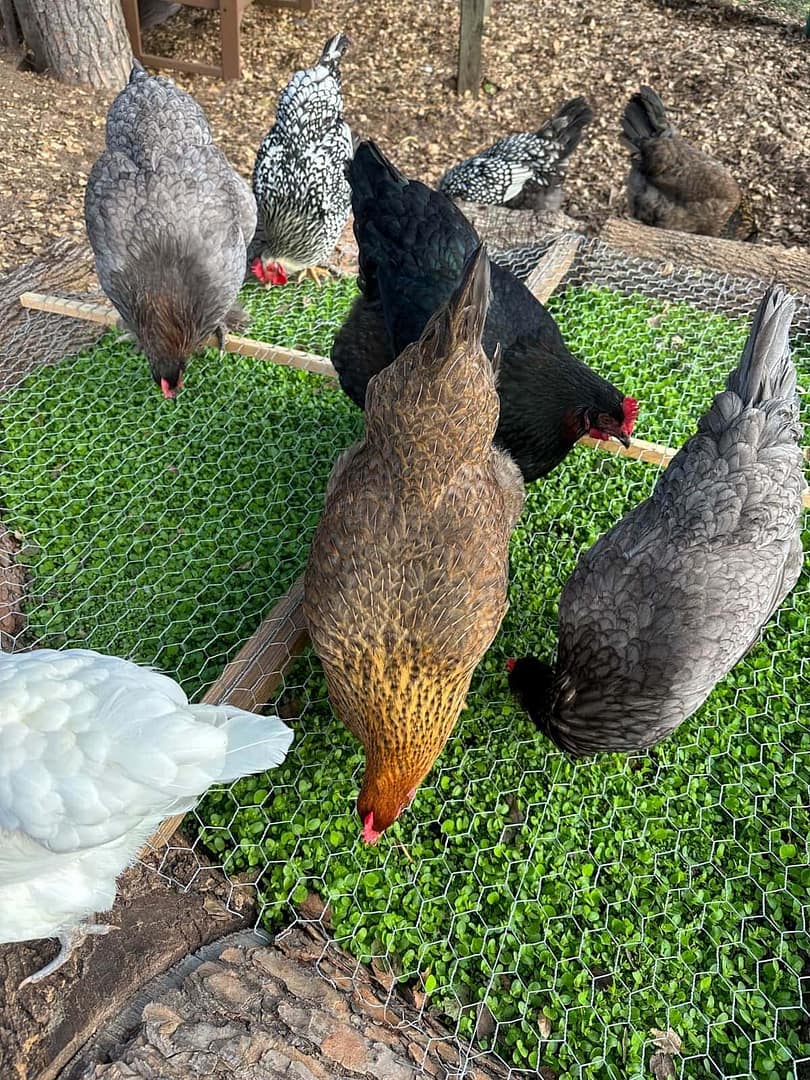
Starting Your Homesteading Journey
Embarking on a homesteading journey is a transformative experience that offers a path to self-reliance, sustainability, and a deeper connection to the land. Whether you’re dreaming of growing your own food, raising livestock, or living off the grid, understanding the fundamentals of homesteading is essential. In this comprehensive guide, we will explore the key steps to starting your homesteading journey, from choosing the right property and honing essential skills to embracing sustainable practices and building a supportive community. Join us as we delve into the world of homesteading and discover how you can create your own haven of resilience and abundance.
Understanding Homesteading: An Introduction
Defining Homesteading
Homesteading isn’t just a trend or a hobby; it’s a way of life rooted in self-sufficiency and sustainability. Imagine living off the land, growing your own food, and embracing a simpler, more connected existence with nature. That’s homesteading in a nutshell.
Benefits of Homesteading
From reducing your ecological footprint to knowing exactly where your food comes from, the benefits of homesteading are plentiful. Not to mention the satisfaction that comes from living off your own hard work and creativity. Plus, who wouldn’t want to impress their matches with homemade honey or homegrown veggies?
Choosing the Right Property and Location
Factors to Consider When Selecting a Property
When scouting for your homestead, think about factors like soil quality, water access, and sunlight exposure. You’ll also want to consider zoning regulations and proximity to essential services. Because let’s face it, as much as you love the idea of being isolated, you’ll still need a grocery store nearby for those emergency ice cream runs.
Researching Potential Locations
Research is key when it comes to finding the perfect spot for your homestead. Look into climate patterns, local wildlife, and community dynamics. After all, you don’t want to set up shop next to a bear den or in a town with a strict ban on backyard chickens.
Essential Skills and Resources for Homesteading
Key Skills for Homesteading
Homesteading requires a diverse skill set, from gardening and animal husbandry to carpentry and food preservation. So, roll up your sleeves and get ready to become a modern-day Renaissance homesteader. And hey, if you ever doubted your ability to learn new things, just remember: you’ve binge-watched an entire series in one weekend; you can do anything.
Tools and Equipment Needed
No homestead is complete without the right tools and equipment. Think shovels, watering cans, a reliable pair of work gloves, and maybe even a trusty goat or two. Because let’s be honest, goats are basically the Swiss Army knives of the animal kingdom – they can do it all, from clearing brush to entertaining you with their acrobatic antics.
Planning and Designing Your Homestead
Creating a Homestead Plan
A solid plan is essential for a successful homestead. Consider your goals, budget, and timeline. Whether you’re aiming for a small-scale backyard farm or a full-fledged off-grid oasis, having a roadmap will keep you on track. Plus, who doesn’t love crossing things off a to-do list?
Designing Your Homestead Layout
When designing your homestead layout, think about efficiency and functionality. Plan out your garden beds, livestock pens, and living spaces to maximize space and productivity. And don’t forget to leave room for a cozy hammock or a Zen garden – you deserve a little relaxation after all that hard work.# Sustainable Practices and Self-Sufficiency
Implementing Sustainable Farming Methods
When starting your homesteading journey, one of the key aspects to focus on is implementing sustainable farming methods. This involves practices such as crop rotation, composting, natural pest control, and water conservation. By prioritizing sustainability, you can create a thriving ecosystem that benefits both your land and your produce.
Achieving Self-Sufficiency in Daily Life
Self-sufficiency is a core principle of homesteading. From growing your own food to generating your own energy, the goal is to rely less on external resources and become more self-reliant. Embracing practices like harvesting rainwater, raising livestock, and preserving food can help you achieve a more sustainable and fulfilling lifestyle.
Building a Community and Support Network
Connecting with Other Homesteaders
Building a community of like-minded individuals is invaluable on a homesteading journey. Connecting with other homesteaders allows you to share knowledge, resources, and experiences. Whether it’s through local meetups, online forums, or workshops, surrounding yourself with a supportive community can inspire and guide you along the way.
Engaging with Local Communities
In addition to connecting with fellow homesteaders, engaging with your local community can also enrich your homesteading experience. Building relationships with neighbors, participating in farmers’ markets, or volunteering at community events not only fosters a sense of belonging but can also open up opportunities for collaboration and mutual support.
Overcoming Challenges and Setbacks in Homesteading
Common Challenges Faced by Homesteaders
Homesteading comes with its fair share of challenges, from unpredictable weather patterns to pest infestations and equipment breakdowns. It’s important to be prepared for setbacks and difficulties along the way, as they are inevitable in any homesteading journey. By anticipating common challenges, you can better navigate and overcome them with resilience and determination.
Strategies for Resilience and Adaptation
To thrive as a homesteader, resilience and adaptation are key qualities to cultivate. By staying flexible, open-minded, and willing to learn from mistakes, you can weather any storm that comes your way. Whether it’s experimenting with new techniques, seeking advice from experienced homesteaders, or simply staying positive in the face of adversity, developing a mindset of resilience will empower you to overcome challenges and continue growing on your homesteading journey.
As you set forth on your homesteading journey, remember that it is a path filled with challenges and rewards. By embracing the principles of self-sufficiency, sustainability, and community, you are not only creating a lifestyle but also a legacy for future generations. Stay resilient, keep learning, and continue to nurture your homestead with passion and dedication. May your homesteading journey be fruitful, fulfilling, and a source of endless joy and fulfillment.
FAQs
Q: Do I need prior farming experience to start homesteading?
A: While prior farming experience can be helpful, it is not a strict requirement. Many homesteaders begin their journey with little to no background in agriculture and learn as they go through research, hands-on experience, and community support.
Q: How much land do I need to start a homestead?
A: The amount of land needed for a homestead can vary depending on your goals and the activities you plan to undertake. Some homesteaders thrive on just a few acres, while others may require more extensive acreage. It’s essential to consider your specific needs and resources when determining the ideal size of your homestead.
Q: Can I still work a full-time job while homesteading?
A: Many homesteaders balance their homesteading activities with part-time or full-time jobs off the homestead. It is possible to pursue homesteading as a lifestyle while working outside the home, although it may require careful time management and prioritization of tasks. Finding a balance that works for you and your homestead is key to successfully juggling both commitments.




